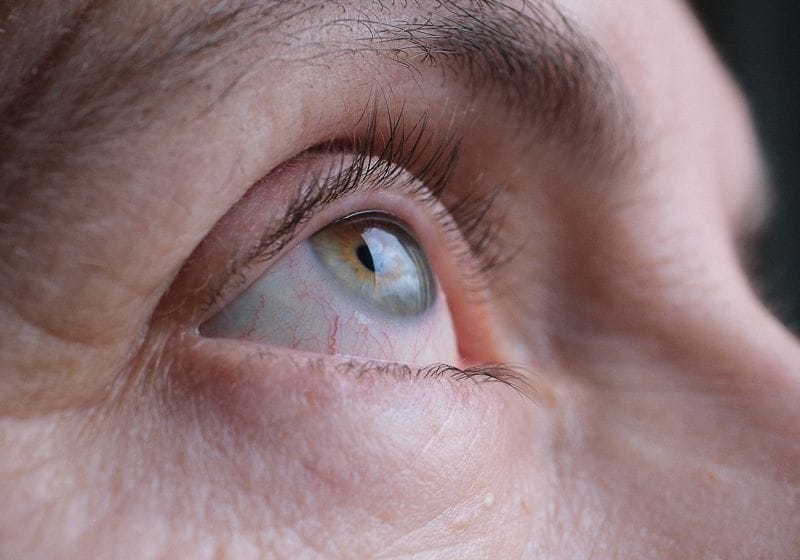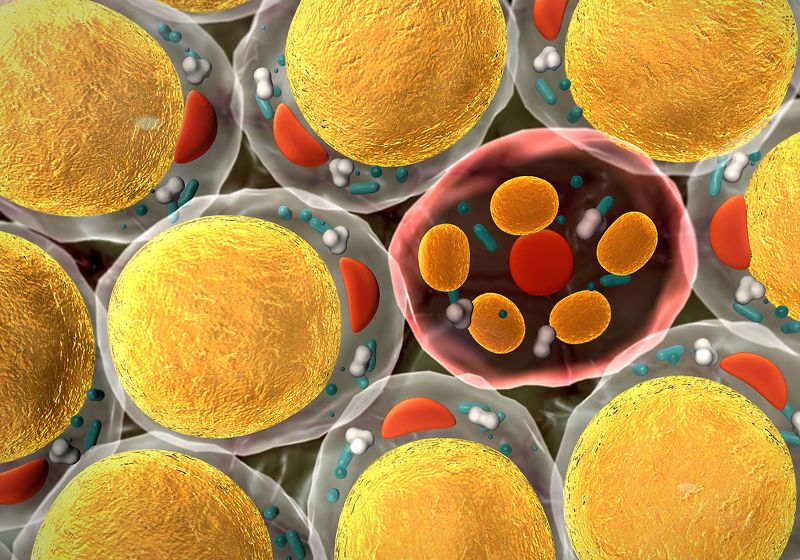Electric Bursts Reshape the Cornea to Improve Eyesight Without LASIK

Reshaping the cornea with electricity offers new opportunities to correct vision.
Corrective vision surgeries, like LASIK, improve people’s quality of life. However, this procedure relies upon using a laser to remove layers of tissue from the cornea, increasing costs and recovery times.
A new method to reshape the proteins in this eye tissue could provide an alternative approach to improve people’s eyesight. Researchers used electricity and a shaped lens to remodel the corneas of rabbit eyes ex vivo. They presented the technique at the fall meeting of the American Chemical Society.
The cornea is the outermost layer of the eye, providing overall protection to it. Collagen fibers in the cornea maintain the tissue’s structure and strength.1 Brian Wonga head and neck surgeon at the University of California, Irvine, was interested in developing less invasive means to modify this collagen in the eye tissues. He thought that if he could disrupt the collagen structure, then he could remold it like plastic. Using electricity, he and his team successfully reshaped resected rabbit ears and eyes, although the eye tissue became opaque.
To explore this process further, the team recruited inorganic chemist and electrochemist Michael Hill at Occidental College. After establishing that their electromechanical reshaping method reformed collagen structure by altering the pH of the tissue, the teams turned to the biggest challenge: reshaping the cornea without turning it opaque.
According to Hill, the first objective was to determine the pH at which the cornea softened and also the point at which it became clouded. He and his team found that the collagen turned malleable at a pH of two, while opacity set it at a pH of about 1.5. “So, we have this tiny, narrow, little window where we have to get the pH profile in order to reshape it, but not make it cloudy,” Hill said.
To adjust the pH to reshape the tissue without damaging it, Hill explained that the difficulty lay in being able to reach a pH of two across the whole cornea before the area nearest the electrode plate dropped to the damage-inducing 1.5.
The solution, Hill explained in his talk, was to deliver the electrical dose in bursts. Using modeling, they determined how frequently they needed to deliver a burst and how long they needed to wait for the pH change to diffuse through the tissue.
Currently, the researchers are developing a live animal model to test their new technique, since Hill said an outstanding question is how long these changes last in the tissue. “If it turns out that we can reshape the cornea, as we know we can, but then in a couple of days, it’s back to its original place, then it’s of really little practical use,” he explained.
If successful, the procedure offers an alternative corneal corrective approach for instances where LASIK is not an available option, such as when a lot of tissue would need to be removed. Additionally, Hill said that the findings offer a new platform to manipulate tissues in a non-invasive approach.
“It’s just a paradigm shift in that, instead of having this tissue and carving it and suturing it and mechanically manipulating it, we’re thinking about it in terms of the material, and how can we change the mechanical properties of it, from a chemical perspective, to remold it and repurpose it,” Hill said.




